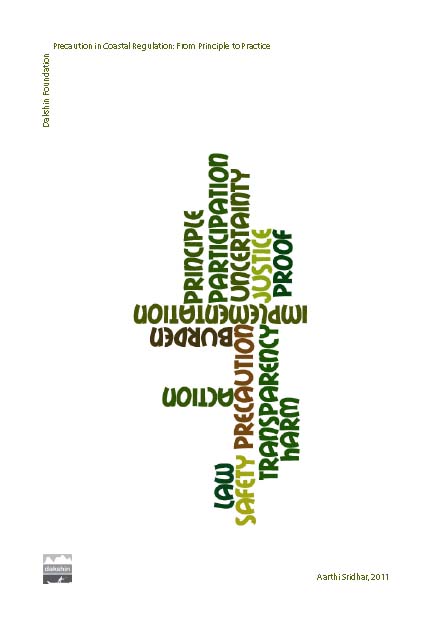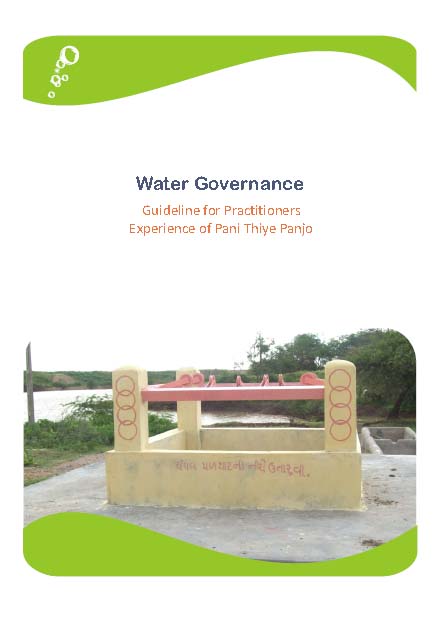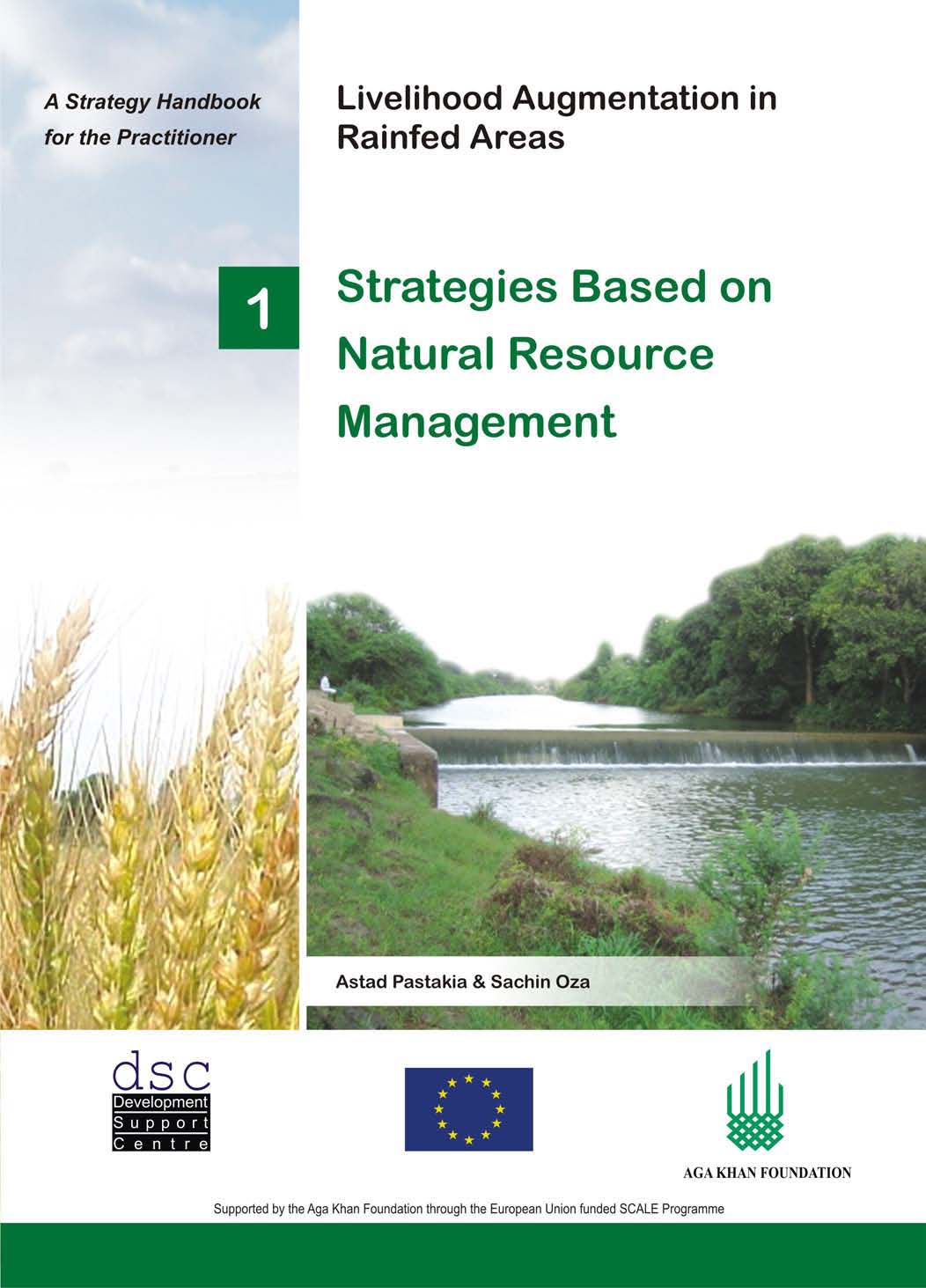Ecology and Environment
A citizen initiative to save Puttenahalli Lake in JP Nagar, Bangalore
Posted on 22 Jun, 2011 11:50 AMResidents of L&T South City and Brigade Millenium in JP Nagar, Bangalore formed a citizen initiative to save the neighbouring Puttenahalli Lake from becoming a dumping ground for construction debris and waste. A team from India Water Portal visited the lake in June 2011 to see the progress and challenges faced by such citizen initiatives.
Forget Prometheus and remember Bhagiratha: Wrong and right thinking about rivers ' - Shri Ramaswamy Iyer s lecture at School of Environmental Sciences, Jawaharlal Nehru University (June 2011)
Posted on 22 Jun, 2011 09:55 AM“Current economic philosophy exalts consumption and growth. If we are hypnotised by visions of 8% or 10% growth, we are bound to ‘demand’ more and more and still more water; and either government engineers or private companies and their engineers will come up with supply-side answers in the form of large projects which will cause even greater distress to the rivers”.
Tehri Dam across Ganga
Source: haridwar.nic.in/ gangaji.htm
I am very grateful to Prof. Sudha Bhattacharya for having invited me to this Seminar. I was not sure whether what I have to say would fit in well with the theme of this Seminar, but she persuaded me to say yes, and so here I am.
Biodiversity, ecology and socioeconomic aspects of the Gundia river basin in the context of the proposed mega hydroelectric power project - A CES technical report
Posted on 21 Jun, 2011 11:23 PMThis report by the Centre for Ecological Sciences, Indian Institute of Science, Bangalore highlights and argues for the the case of saving the Gundia river, one of the most important tributaries of the river Kumaradhara in Hassan district in Karnataka, which is known for its very rich vegetation and biological wealth. This is in the context of the proposal put forward by the Karnataka Power Corporation Limited to implement the Hydroelectric project (GHEP) on the river.
Economic valuation of forest soils - Study published in Current Science
Posted on 21 Jun, 2011 09:24 PMThe study area was located in Halol Range,Panchmahal District, Gujarat, stretching between long. 22°25′41″N and 22°29′06″N, and lat. 73°31′23″E and 73°35′35″E. Preservation plots present in the study area were selected for the current study.
Precaution in coastal regulation - From principle to practice – A report by Dakshin Foundation
Posted on 21 Jun, 2011 11:45 AM The decision to act or not act, and further how to act in the face of unknowns or uncertainties is the subject matter of the precautionary principle (PP). It is against this historical backdrop of unknowns in environmental governance that the present study on the precautionary principle was conducted.
The decision to act or not act, and further how to act in the face of unknowns or uncertainties is the subject matter of the precautionary principle (PP). It is against this historical backdrop of unknowns in environmental governance that the present study on the precautionary principle was conducted.
The present framework for environmental governance provides a number of areas where precaution can and must be applied. In addition to these areas, the present report is the outcome of a descriptive study that shows the extent to which key elements of the precautionary principle are embedded in the specific case of two environmental laws related to coasts. The study examines key areas of the clearance continuum (law-making, clearance and monitoring) through a single broad question: To what extent is the approach of precaution embedded in decision-making under the CRZ Notification 1991 and the Water Act, 1974?
Sridhar attempted to examine this question on a continuum that examines a) the text of the law, b) the conditions under which projects are cleared or rejected and c) issues related to the monitoring of these conditions. The Asia and Pacific Workshop Report of the Precautionary Principle Project declared that there are both explicit and implicit uses of the precautionary principle. It states that there are some instances where the PP’s application is explicit and unambiguous whereas in other decisions the PP is implicit. They also raise an important point that to actually determine whether a decision was indeed precautionary or not (where it is not explicit) requires an examination of the context and motivations for decisions and management interventions.
Water governance guidelines for practitioners - Sahjeevan's experiences in decentralised drinking water management
Posted on 20 Jun, 2011 08:50 PM This report is based on the experience of women’s collectives promoted by Sahjeevan and of several member organizations of Abhiyan on local water governance, in particular on the demonstrated models of decentralized drinking water that they have taken up in several villages.
This report is based on the experience of women’s collectives promoted by Sahjeevan and of several member organizations of Abhiyan on local water governance, in particular on the demonstrated models of decentralized drinking water that they have taken up in several villages.
Water has been the central theme for development in Kutch. In the last two decades, a scaling up process of decentralized drinking water, popularly known as Pani Thiye Panjo, has been initiated in around hundred villages of Abdasa taluka in Kutch district of Gujarat focusing on development of local drinking water sources, their strengthening and building capacities of communities for maintenance and management of the systems to develop drinking water security at the village level.
The concept of Pani Thiye Panjo, has been well accepted as Abdasa model, which besides providing drinking water security, initiated policy dialogues at the local level on issues such as protection of groundwater, pricing mechanism of water (local vis-à-vis external sources), role of Panchayati Raj Institutions in water governance, role of local youth in developing their technical capacities and development of social capital in management of drinking water systems.
Commons, resources, rights and livelihood' - National consultation on traditional communities, livelihood rights & need for strategic alliances, Programme for Social Action, June 24 – 26, 2011, Banjar, Himachal Pradesh
Posted on 20 Jun, 2011 12:30 PMOrganizer: Programme for Social Action
Venue: Community centre, National Park, Banjar, Sai Ropa, Kulu Dt., Himachal Pradesh
Description:
The event aims to bring together grassroots movements and enable the evolution of a collective process to address the impending crisis. Additionally, it also attempts to address issues of building solidarity within diverse movements. This consultation will also specifically look at national legislations such as PESA, FRA, NREGA in order to strengthen their implementation on the ground in order to empower communities, especially women and adivasis.
Letter of invitation for the membership of Water and Environmental Sanitation Network India
Posted on 19 Jun, 2011 03:52 PMI would like to invite you to visit www.wesnetindia.org where we have provided the latest information about water and sanitation related vacancies, events, training courses, press releases etc.
The Water and Environmental Sanitation Network of India or WES-Net India is a learning alliance of stakeholders in the Water and Environmental Sanitation sector in India, was set up in 2004 by a group of like-minded sector professionals and registered in 2009 as a society under the Indian Societies Act, with a Governing Body, a General Body and a National Coordinator.
Livelihood augmentation in rainfed areas – A strategy handbook for practitioners by Development Support Centre
Posted on 19 Jun, 2011 10:33 AM It is a compilation of ongoing, successful strategies piloted and upscaled by a range of development agencies in different parts of the country. The handbook is presented in four volumes under a common framework and focus on initiatives related to: participatory natural resource management; rural entrepreneurship development; use of information communication technology and institution development.
It is a compilation of ongoing, successful strategies piloted and upscaled by a range of development agencies in different parts of the country. The handbook is presented in four volumes under a common framework and focus on initiatives related to: participatory natural resource management; rural entrepreneurship development; use of information communication technology and institution development.
About 400 million rural poor reside in about 200 poorest districts of the country that constitute rainfed areas. Scientific research has revealed a vast untapped potential in rainfed agriculture where crop yields are lower than their potential by two to five fold. A large number of innovative projects and ideas have been tried to address this issue, although documentation has been uneven and fragmented. Drawing upon such experiences, the handbook points towards new vistas and untapped opportunities in meeting the challenge of enhancing food security with limited water resources and improving the carrying capacities of rainfed areas to match the rapidly increasing populations in these regions and elsewhere.
Environmental impact assessment - Notification and amendment (2006) - Ministry of Environment and Forests
Posted on 18 Jun, 2011 10:01 PMThe document emphasises the need for taking prior environmental clearance in case of new projects or activities or expansion of already existing activities in accordance with the objectives of National Environment Policy that has approved by the Union Cabinet on 18th May, 2006 and the procedure specified in the notification, by the Central Government or the State or Union territory Level.




